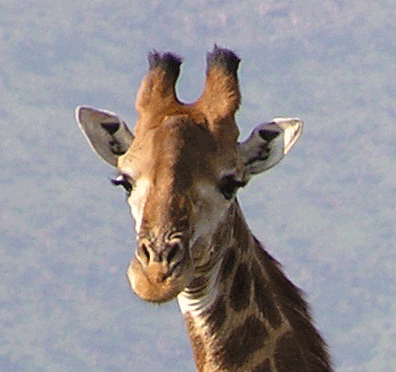
 DNA studies are
DNA studies are
revealing the true extent of hidden or ‘cryptic’ biodiversity. Cryptic species
are difficult to distinguish morphologically but the importance of what is revealed
by DNA data is discussed in a recent minireview for Journal of Biology
by Luciano Beheregaray and Adalgisa Caccone. The minireview highlights two
recent papers that challenge the commonly held view that cryptic species are
rare and recent occurrences.
 In an article
In an article
published in BMC Biology, a team
led by Robert Wayne reports the discovery of at least six cryptic species in
the giraffe, with distinct evolutionary and genetic traits. This finding
challenges the view that cryptic biodiversity is rare in large mammals that are
expected to travel, mix and avoid reproductive isolation. A separate study,
published in BMC Evolutionary Biology by Stephen Lougheed and colleagues describes previously unknown cryptic species in the upper Amazonian
leaflitter frog (Eleutherodactylis ockendeni); extraordinarily this
speciation event is predicted to have occured millions of years ago. The
reports of ancient species in this frog imply that species richness in the
tropics has been significantly underestimated using morphological
characteristics alone.
These studies
also demonstrate the importance of using historical and biogeographical information
in conjuction with DNA analysis in order to estimate species biodiversity and
avoid overestimating the true size of the potential breeding pool of a species.
Accurate information on past and future biodiversity can be gained with
important consequences for conservation management.
Latest posts by Matt Hodgkinson (see all)
- BMC Biology is five years old - 16th December 2008
- Hidden species present conservation challenge; a new Journal of Biology minireview - 24th December 2007
- Hot paper in BMC Bioinformatics - 10th December 2007
Comments